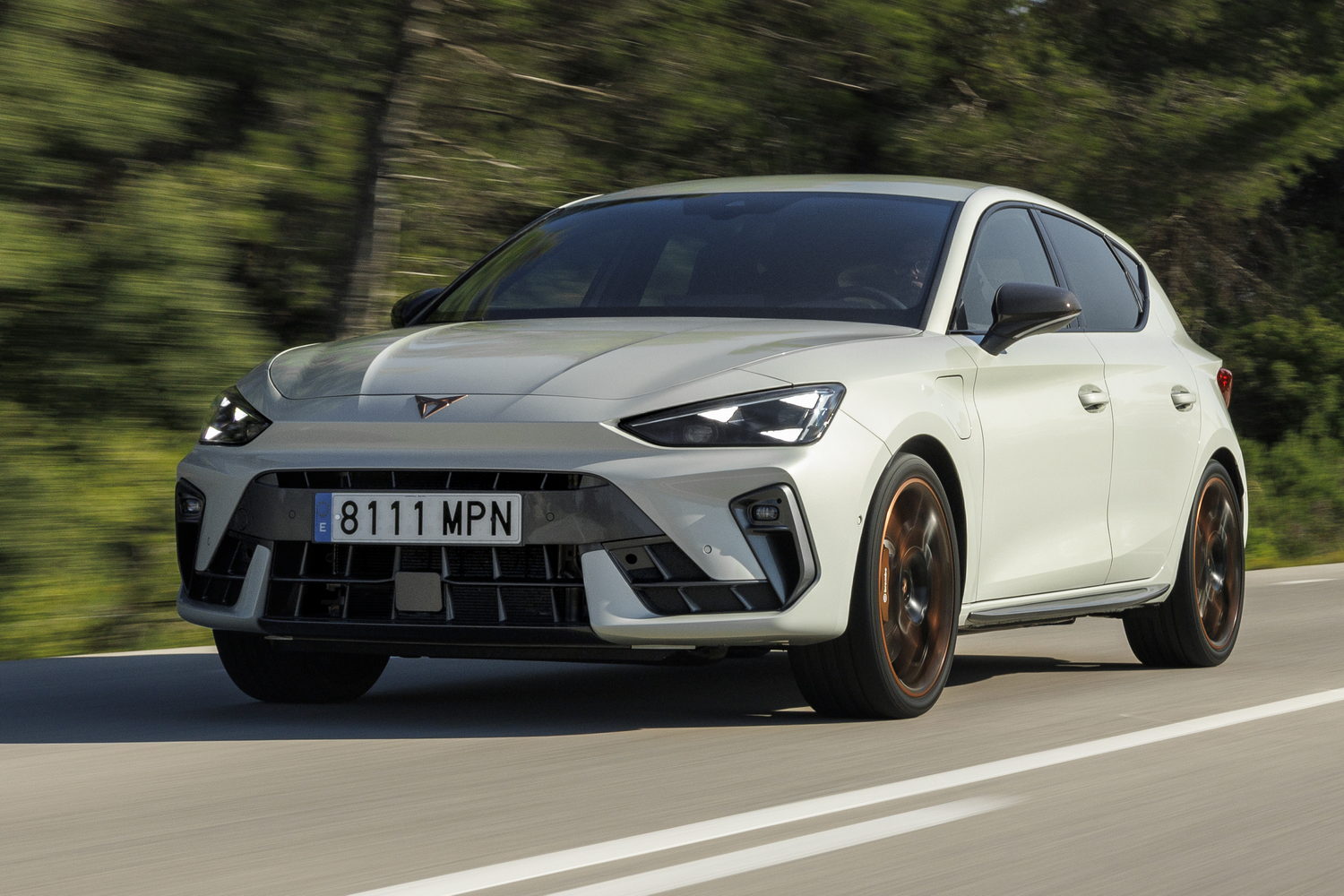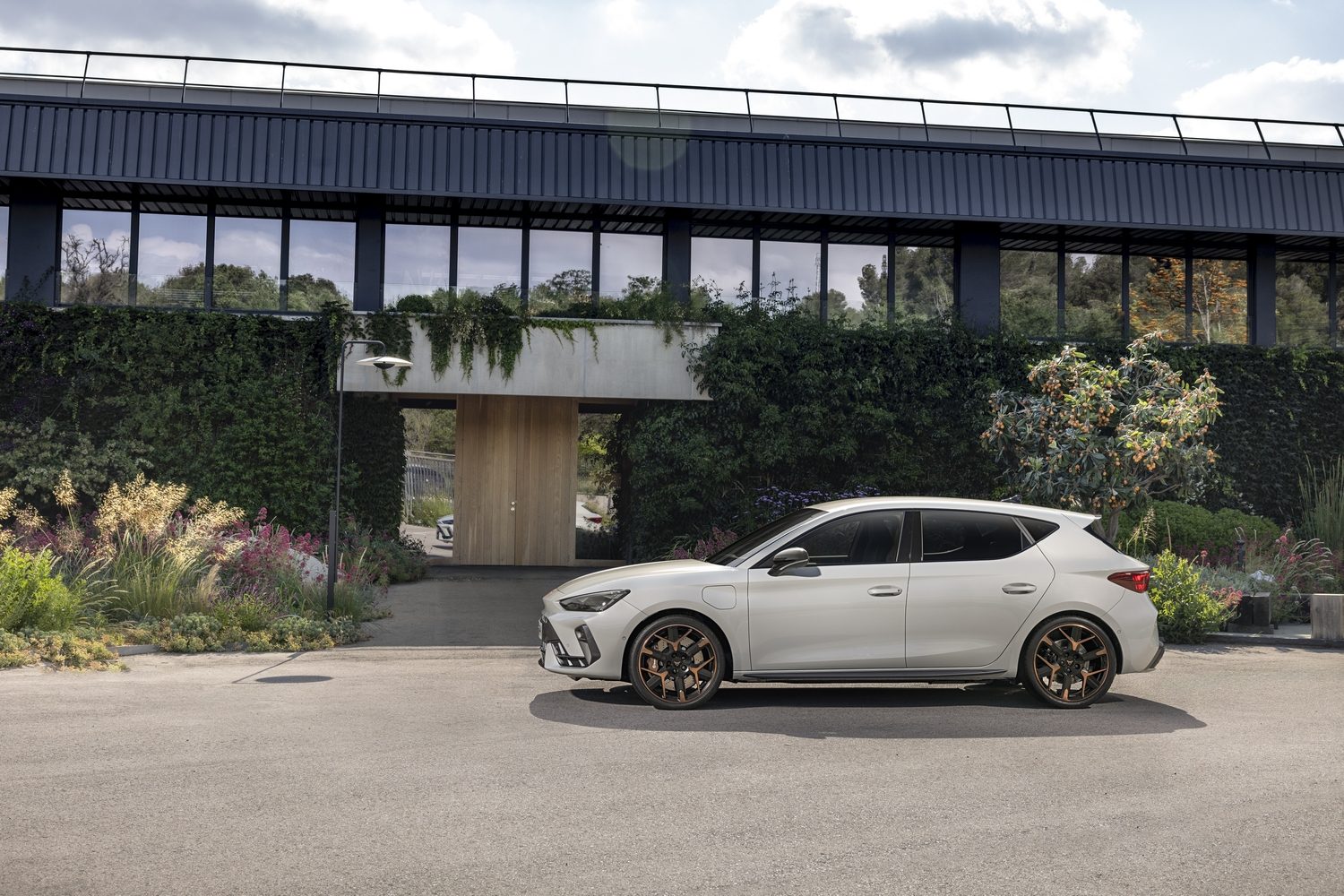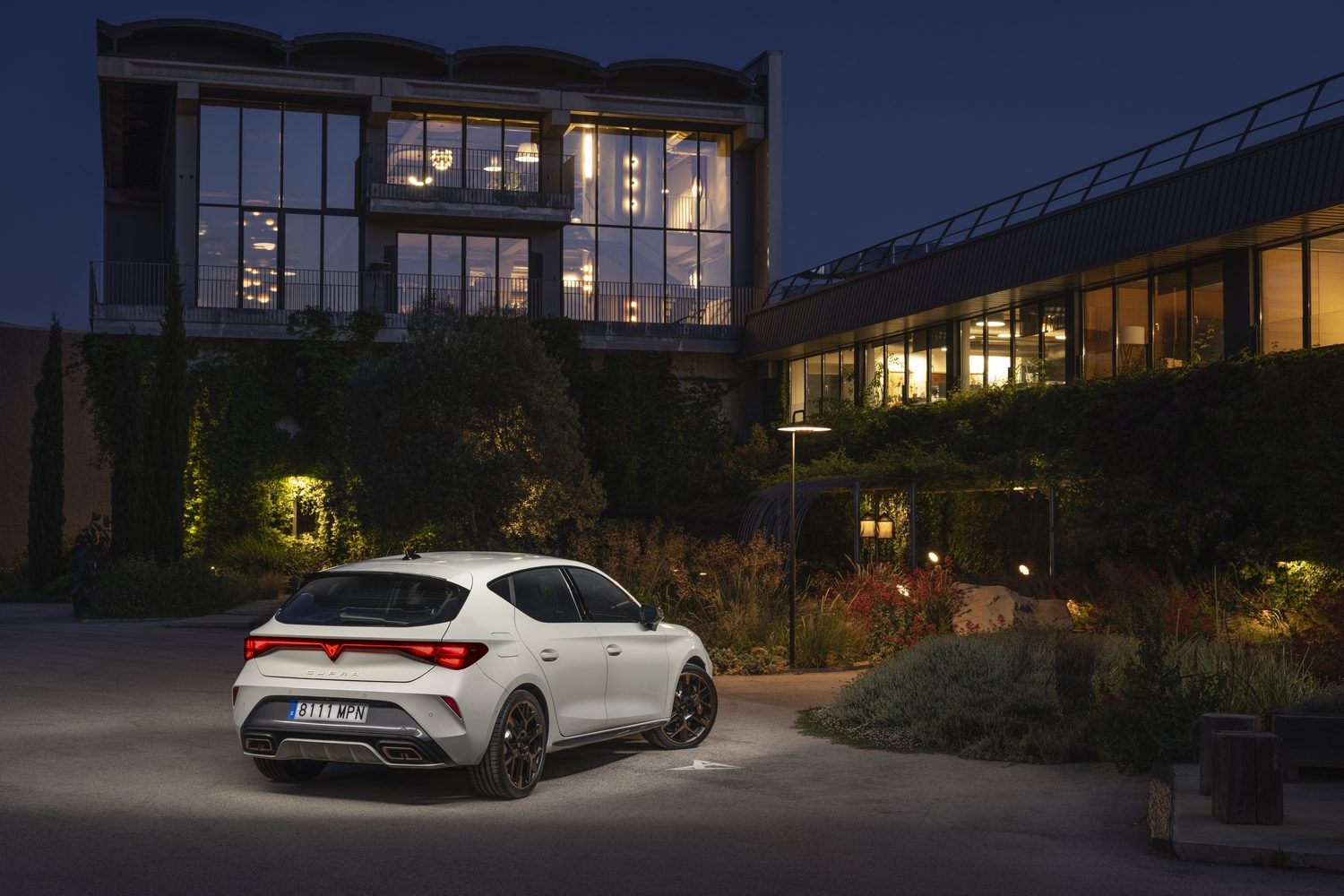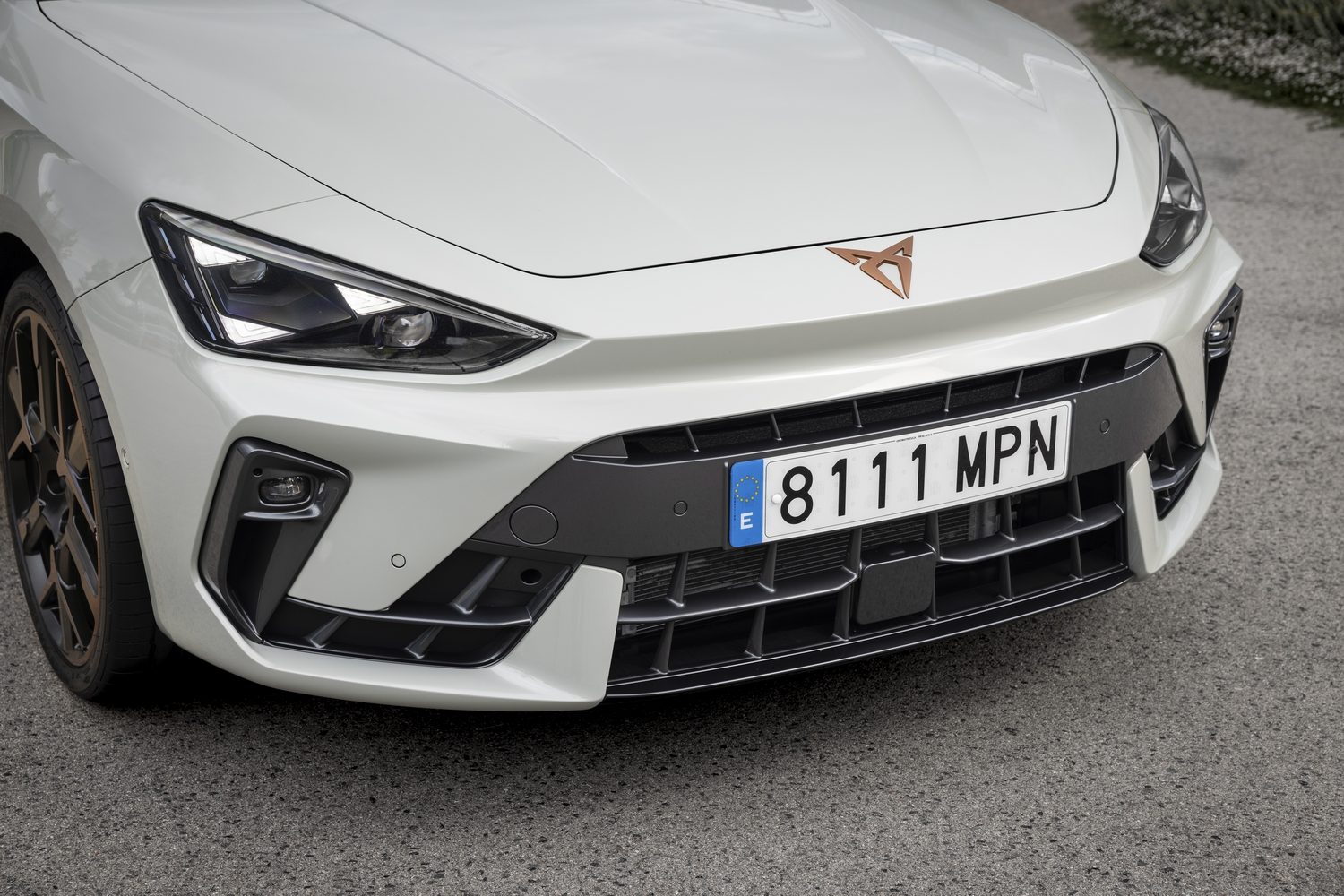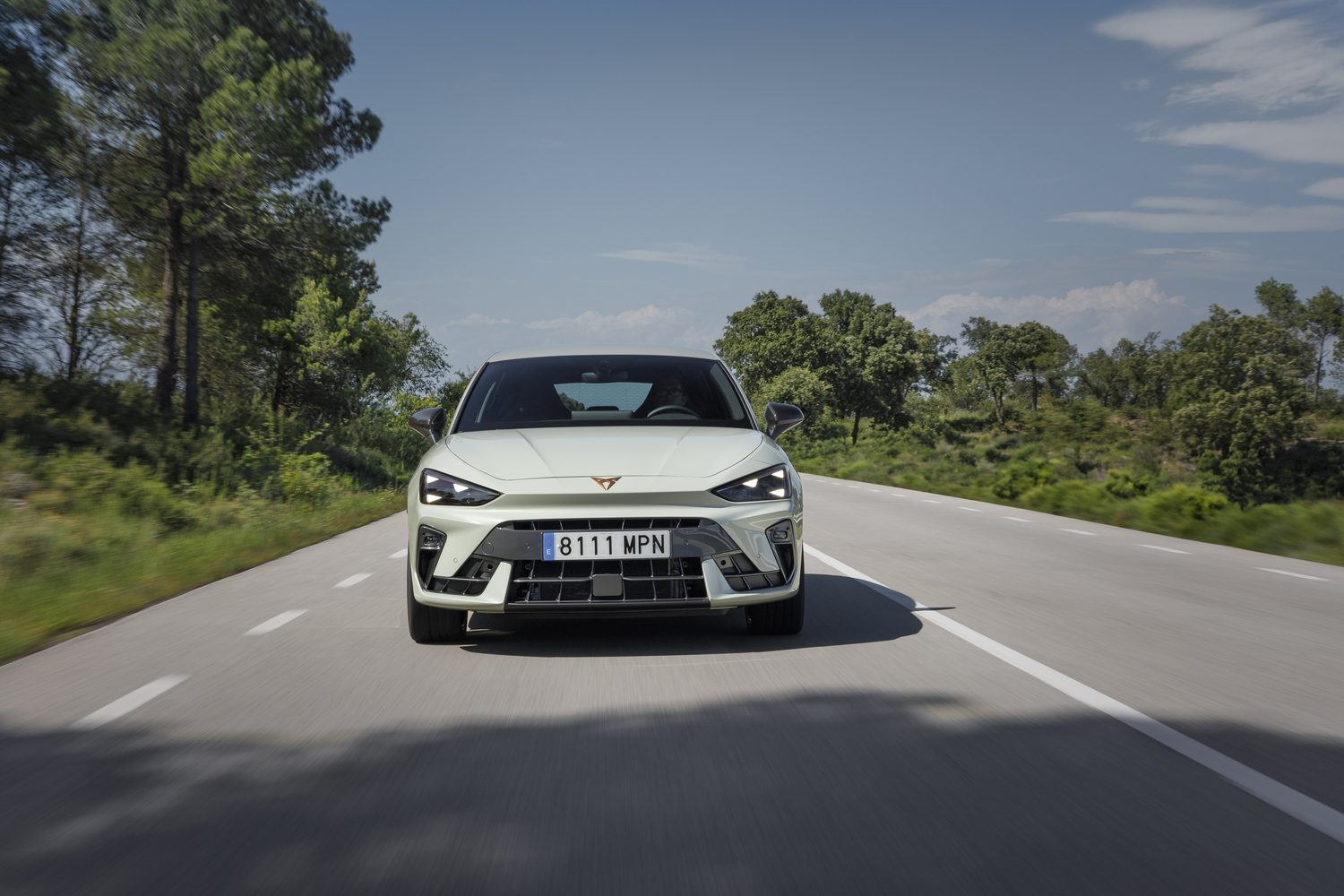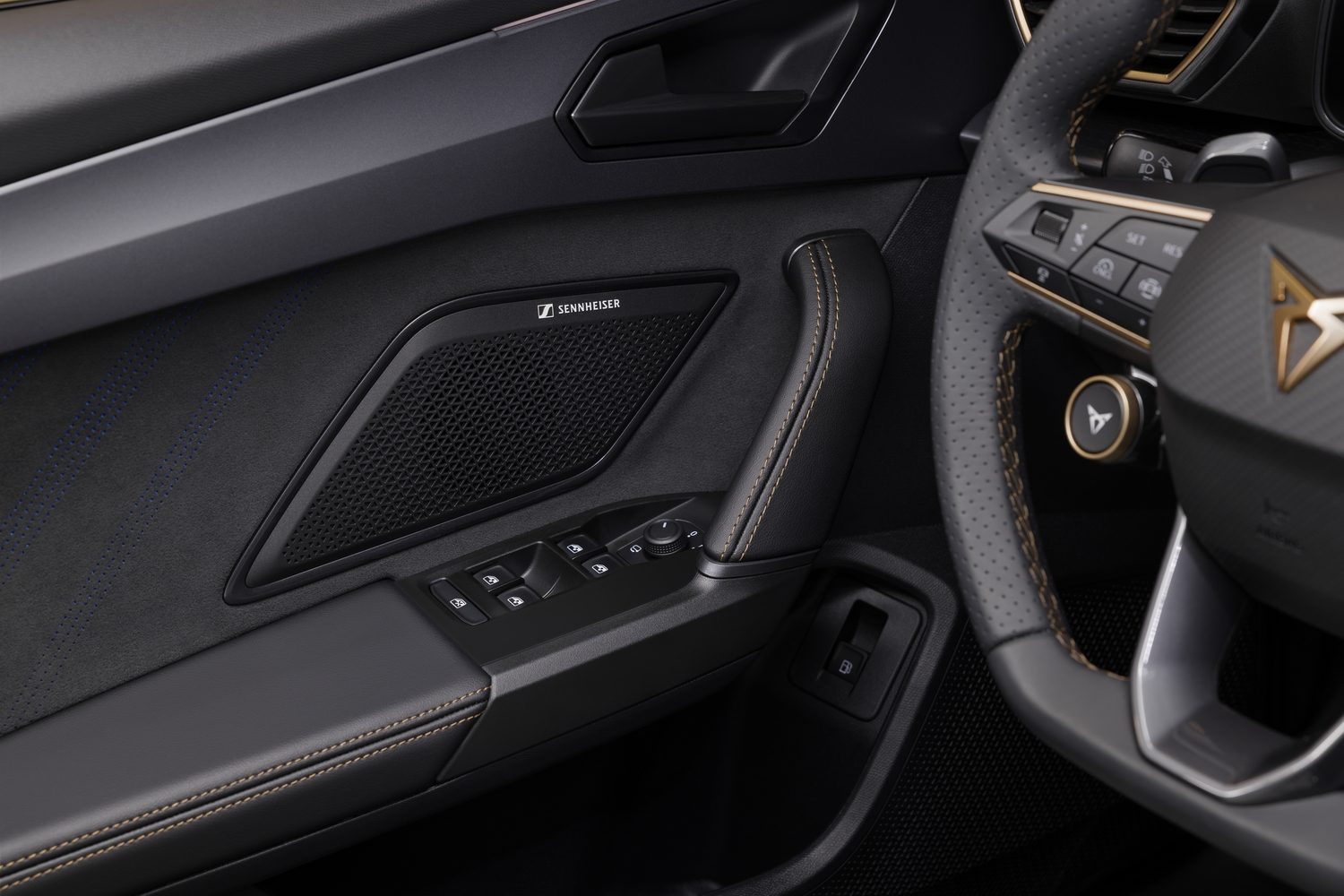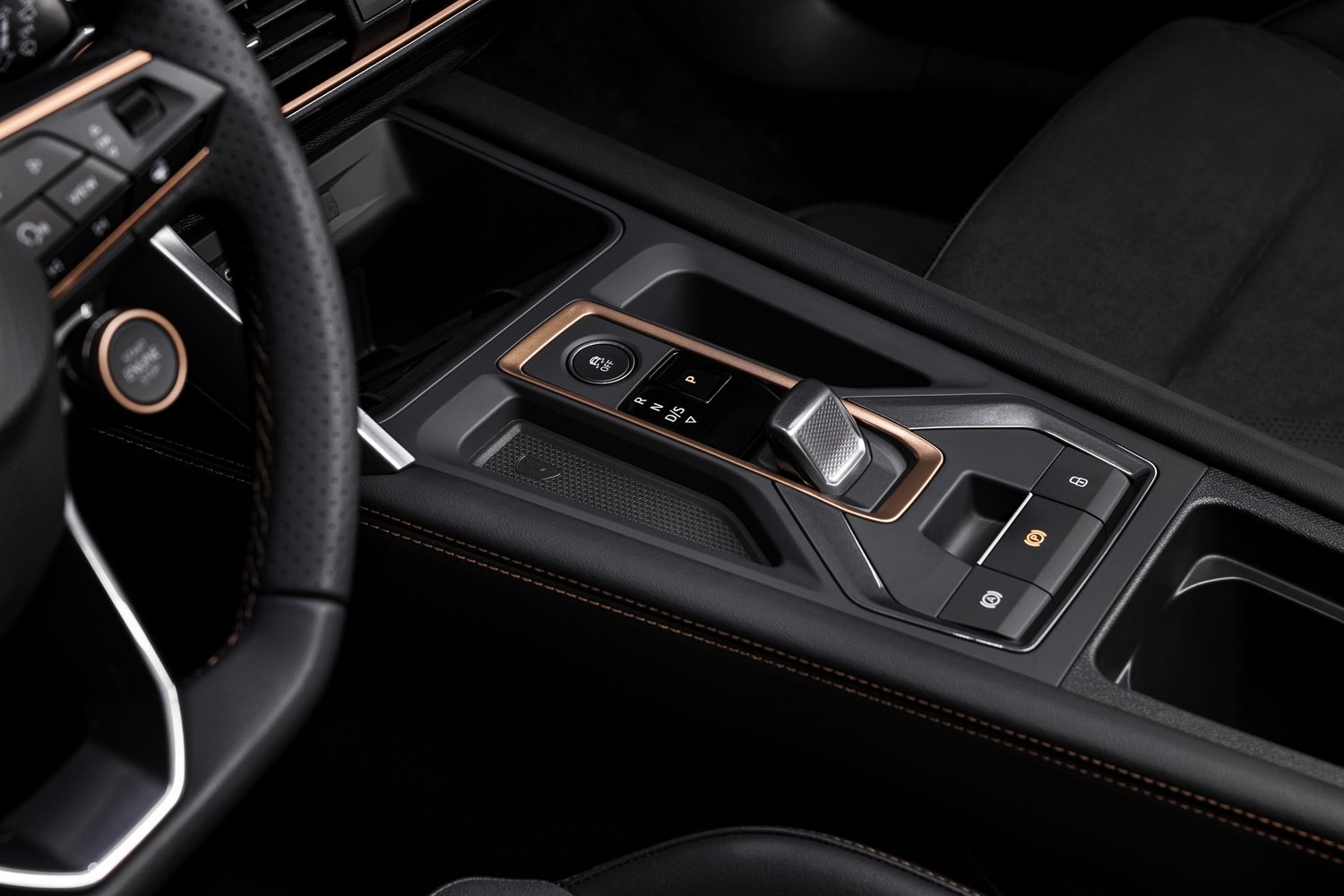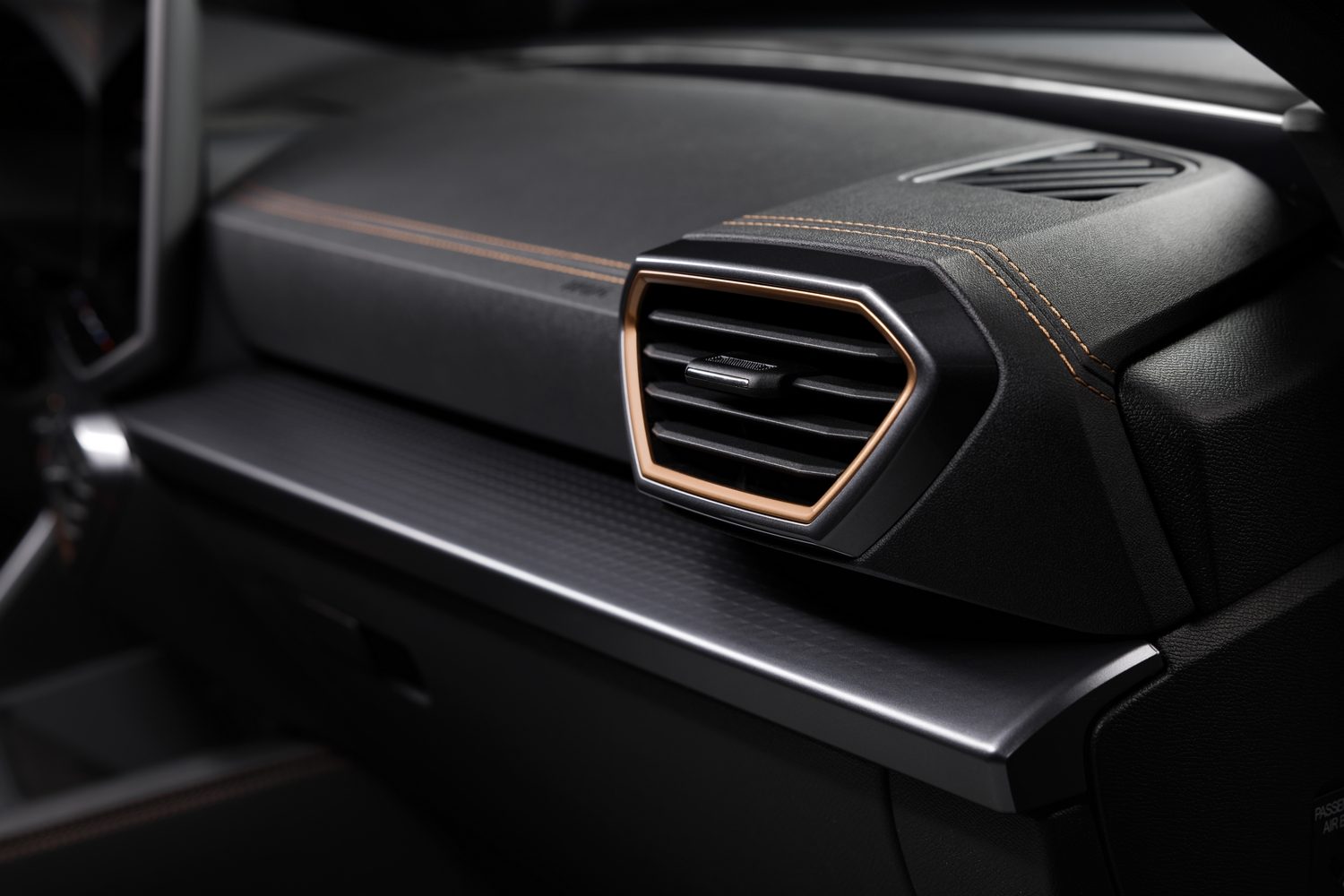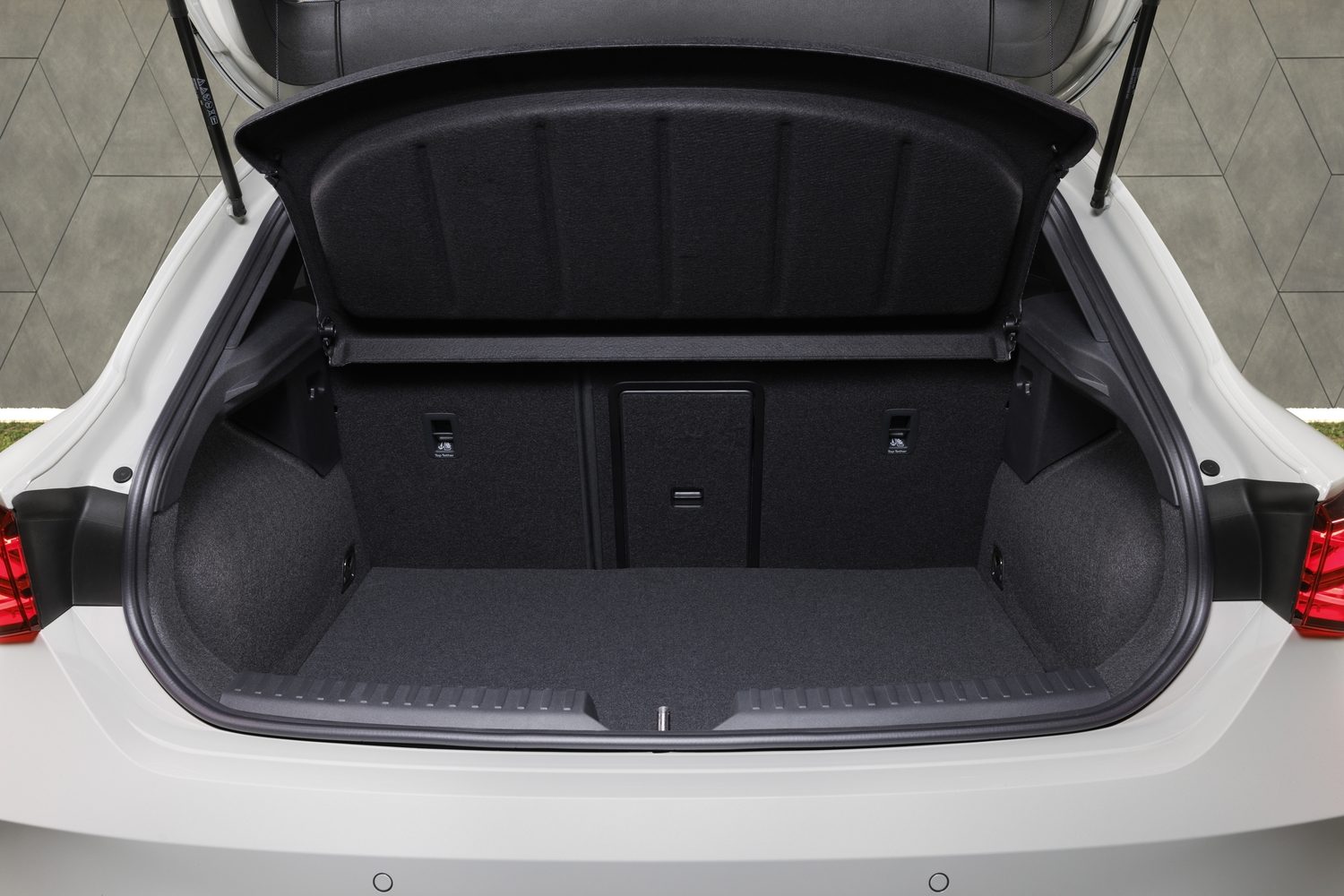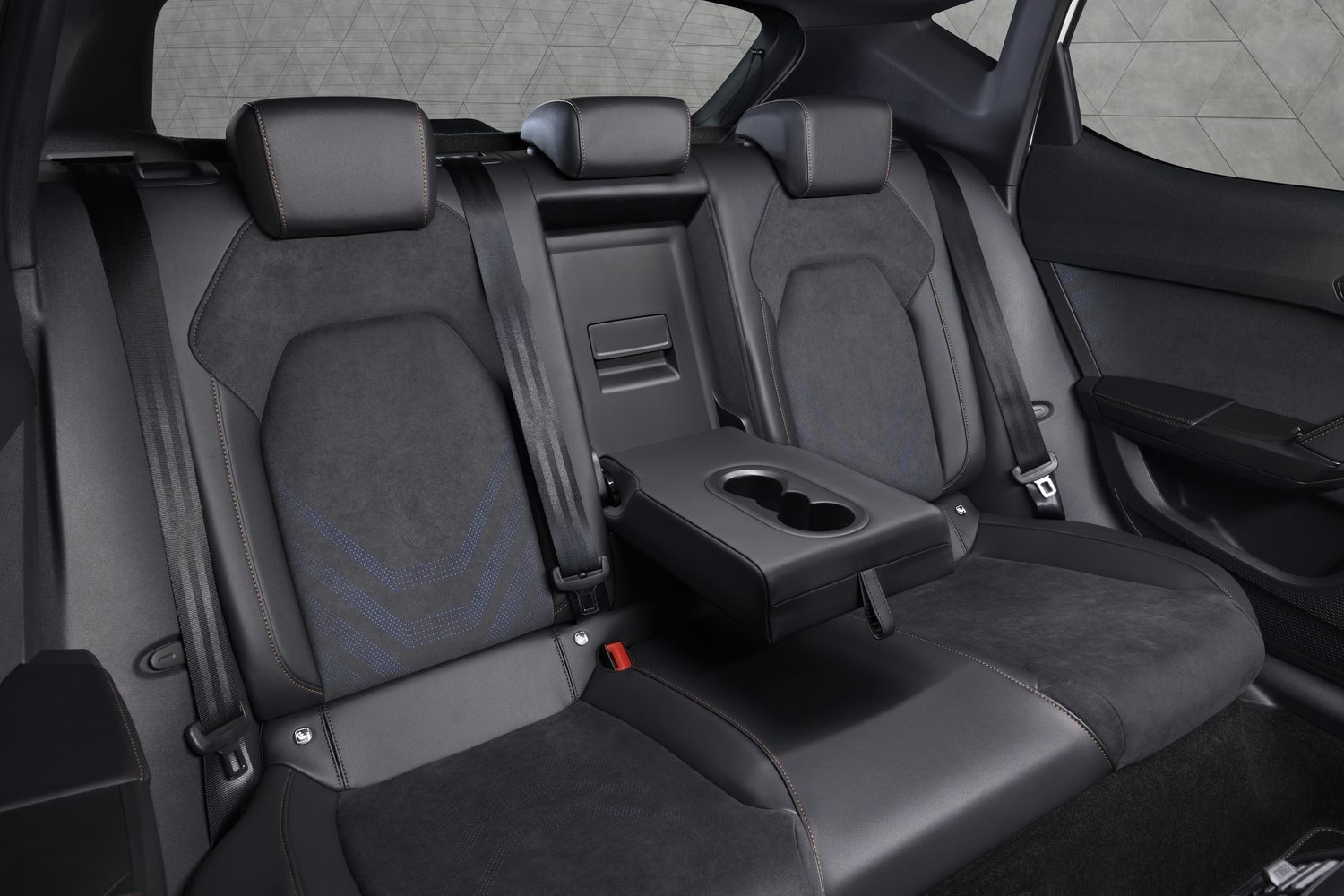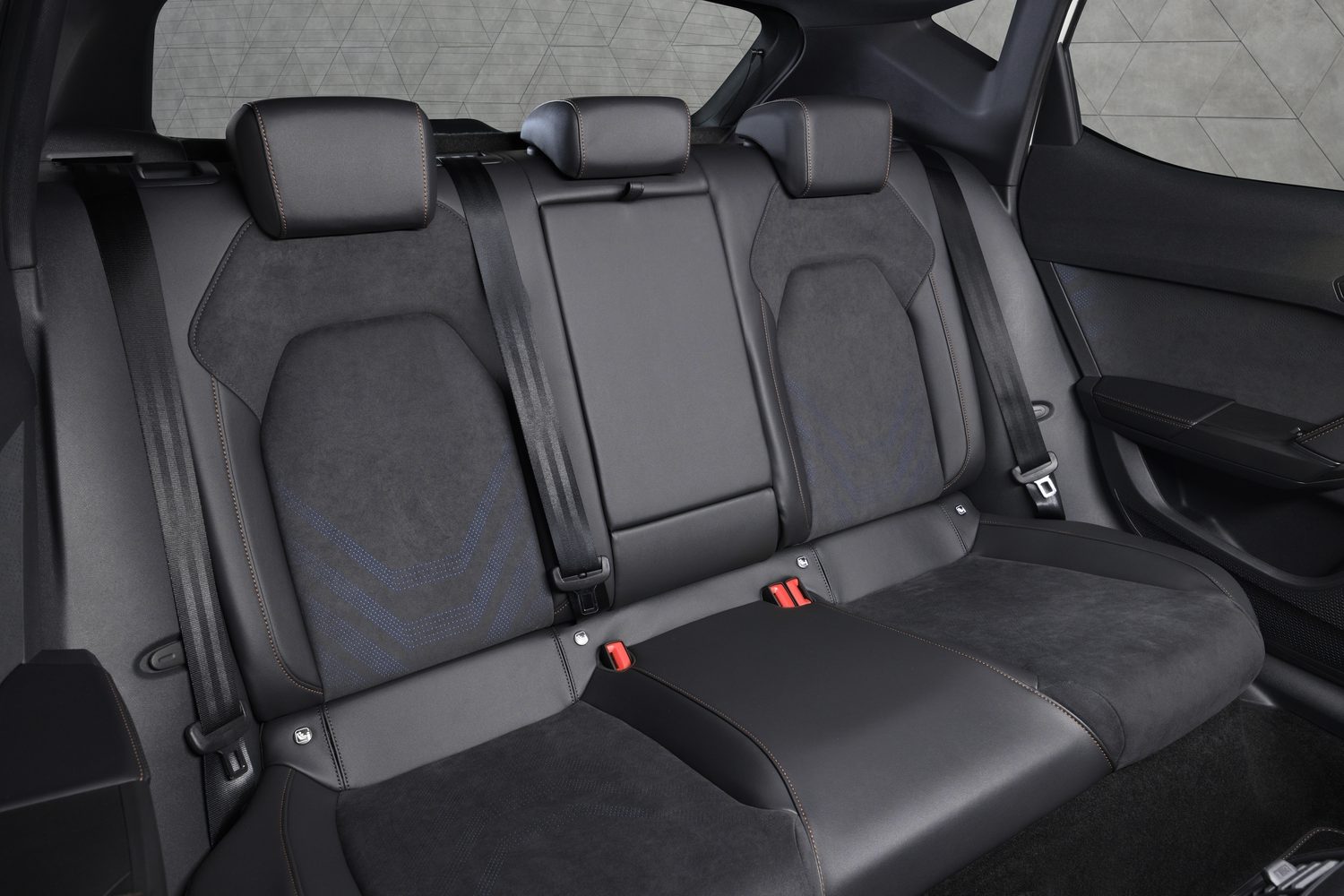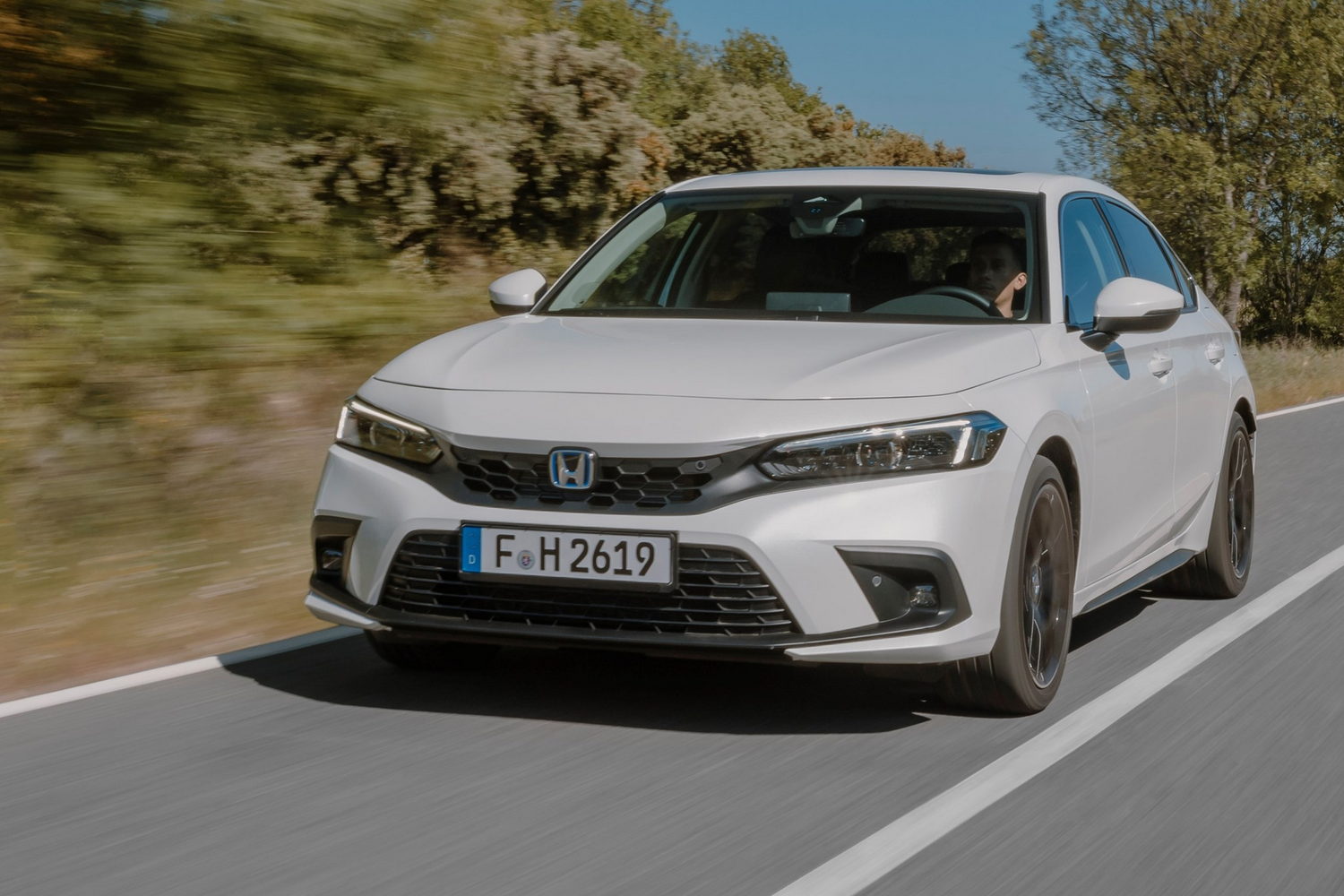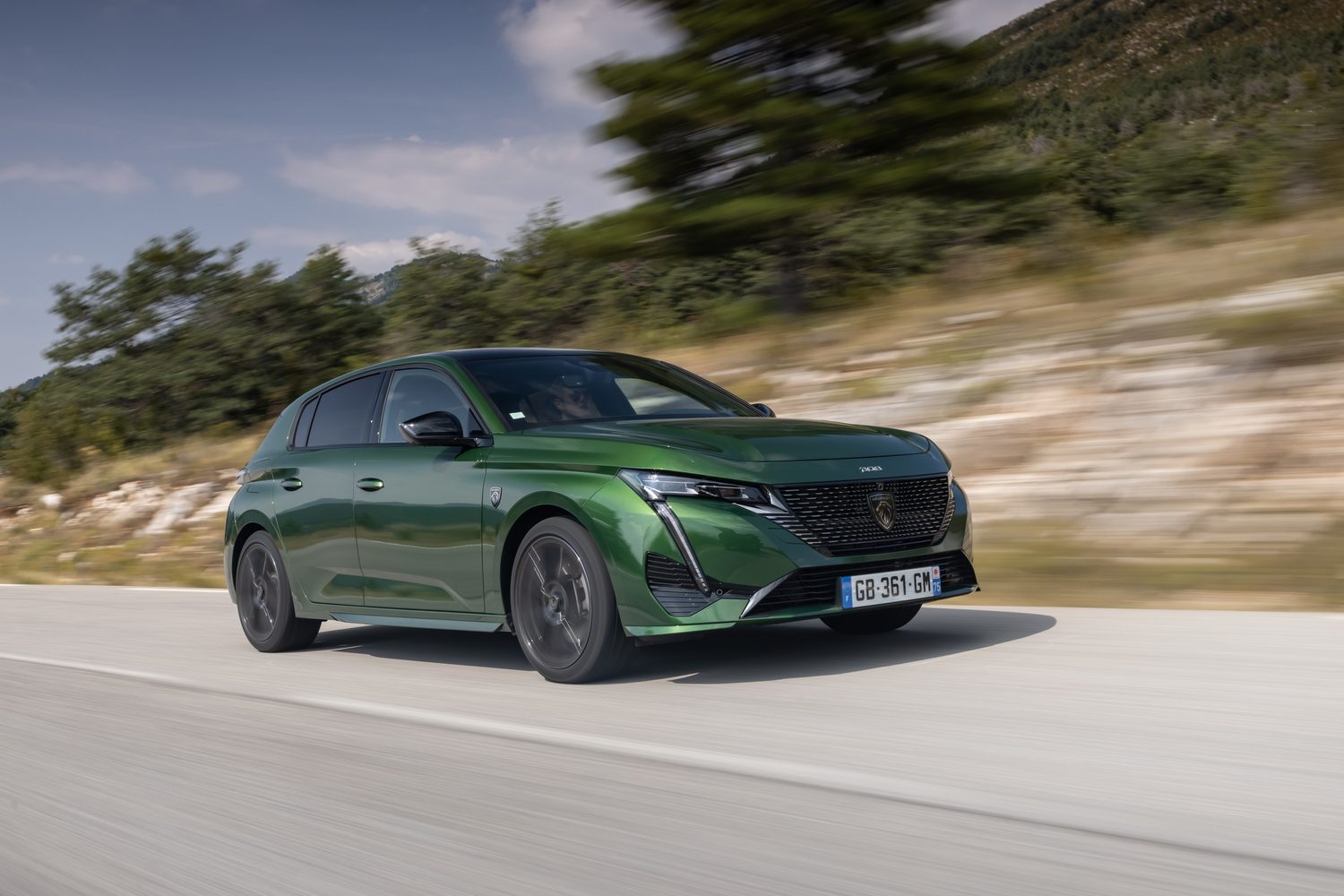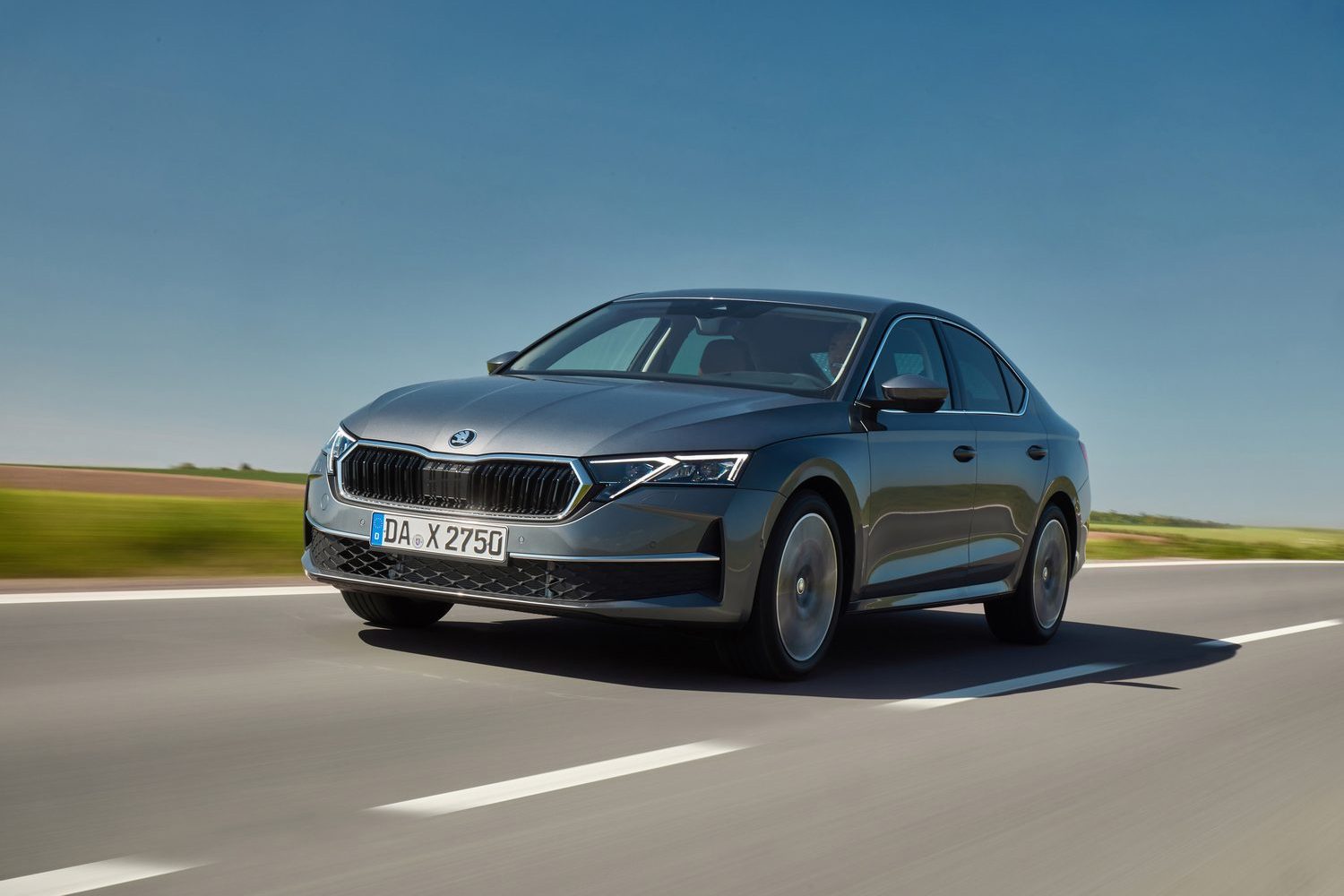It feels like the Cupra Leon is one of the company’s older products, but that might just be because the Leon nameplate has been around for 25 years now under SEAT’s umbrella. The current car has only been with us since 2020, making it no older than its Formentor relation. Still, that means it is time for the Cupra Leon to get a significant midlife update, centred on eye-catching new looks outside, a better technology experience within and longer-range plug-in hybrids to consider.
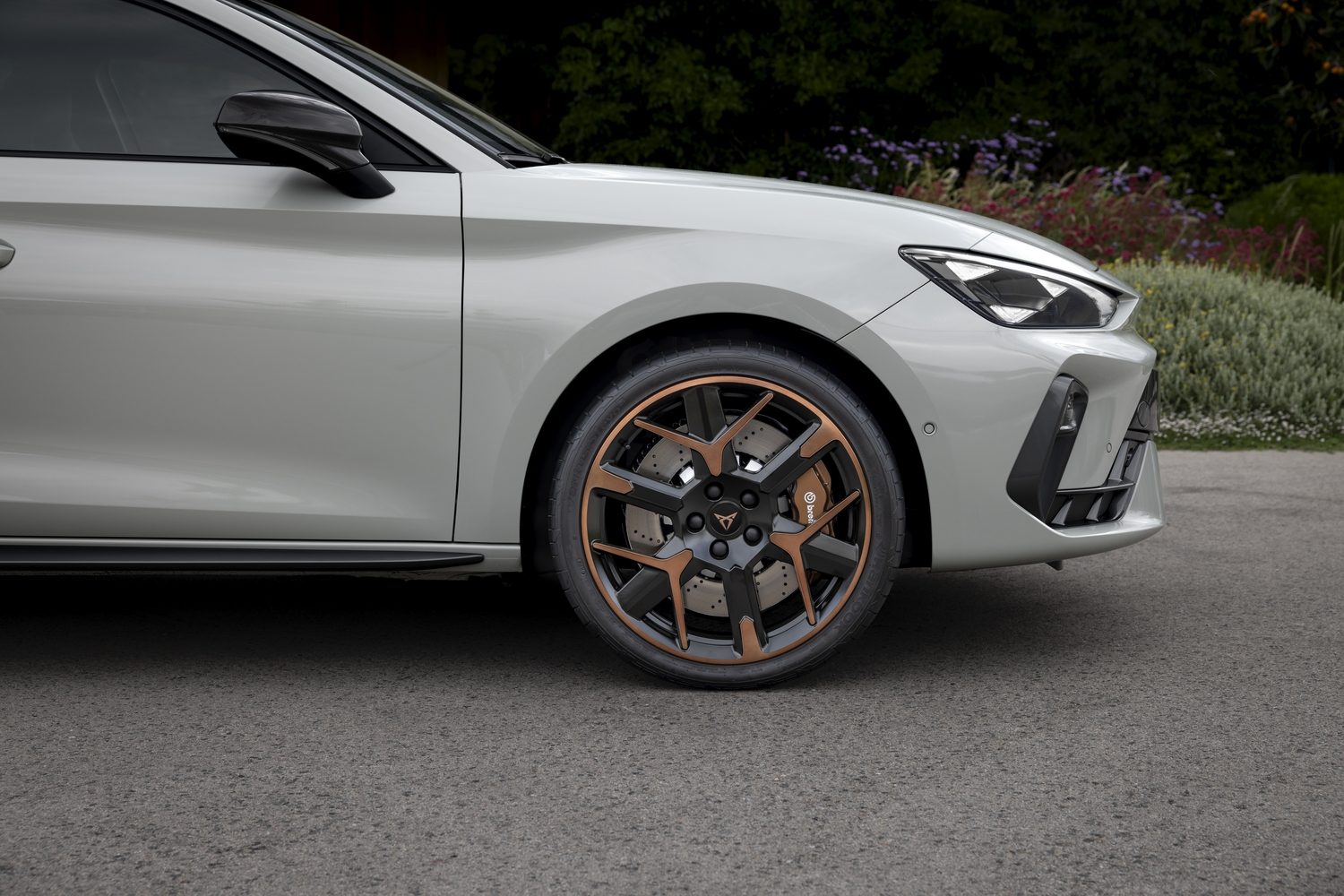
Following on from multiple different drives we’ve conducted on this generation of Leon, now we’re trying out one of the most-changed versions, in the form of the Leon eHybrid 272. This test was conducted on semi-urban and rural roads near Cupra’s headquarters in the Catalan city of Barcelona.
How much is the new Cupra Leon?
We’re still waiting on Irish prices for the updated Cupra Leon, although we wouldn’t expect big increases from the pre-facelift cars. Immediately prior to the facelift, the range kicked off at €35,955 for the 150hp TSI petrol hatch, up to €63,590 for the 300hp flagship. The 245hp eHybrid was previously retailing at €51,425, so with the bigger battery, extra power, slicker looks and improved infotainment, we’d expect the 272 to command a slightly higher fee than this.
What’s different on the outside of the new Cupra Leon?
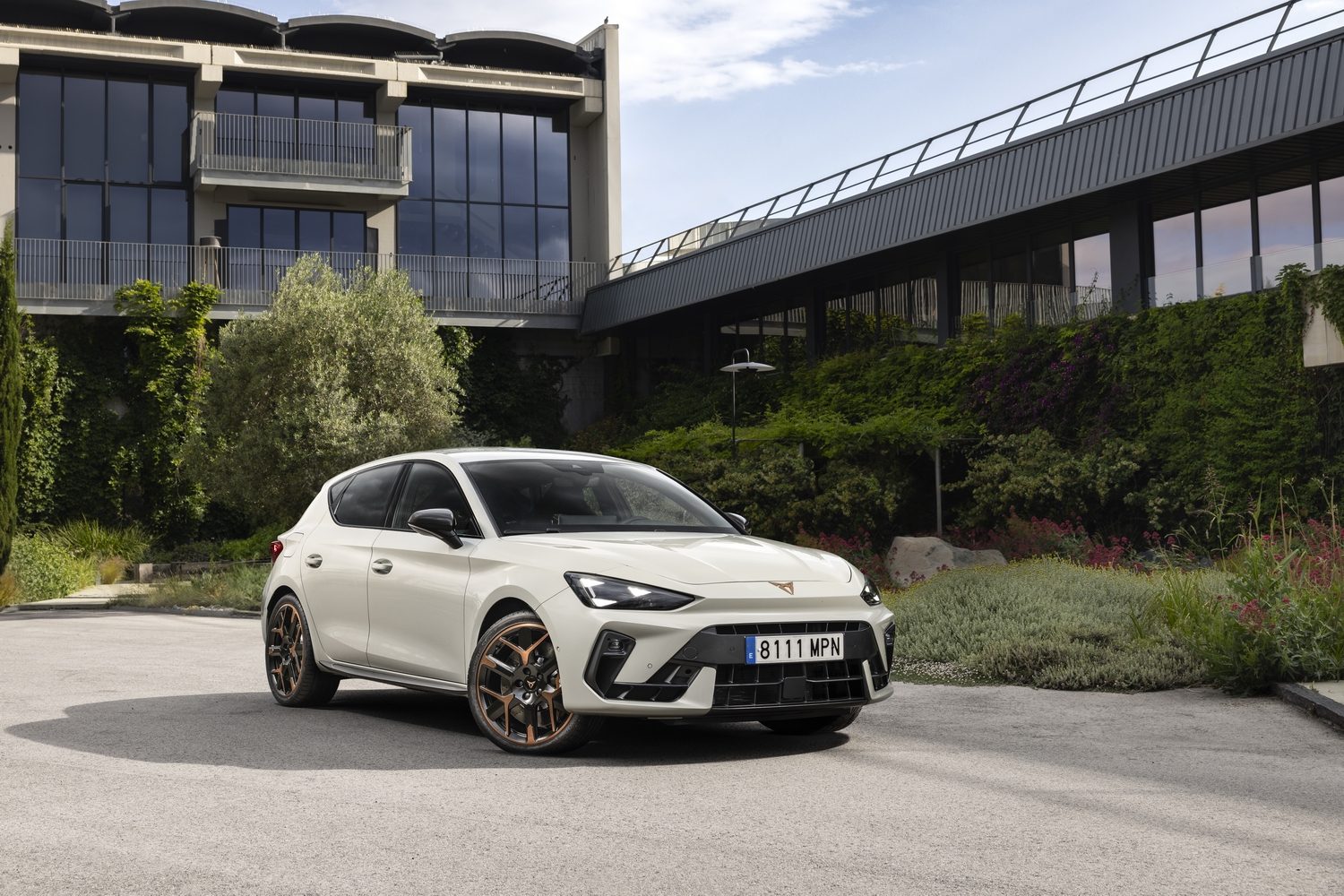
Taking much inspiration from the styling of the Cupra Born and Tavascan electric vehicles (EVs) before it, the new Leon has what the company is terming the ‘shark nose’ front end. The new appearance was made possible as the air intake for the engine is now down in the lower-front bumper, leaving a smooth, blanked-off panel between the LED headlights - also now made up of a corporate signature of three triangles in a larger triangle housing. The same triumvirate array of lamps can be seen at the back of the car too, although there they’re linked by a full-width light strip that features a V-motif in the centre, framing the illuminated Cupra boot-badge logo - one of the updates that marks this out as the very latest Leon.
A look inside the new Cupra Leon
The attractive, copper-tinged dashboard and main surfaces in the Cupra Leon look excellent and feel solidly screwed together, while there’s a good driving position attainable and a general air of quality to the way everything is laid out. Admittedly, from an operational point of view, there’s a distinct lack of buttons in the Leon, aside from the ones mainly clustered on the flat-bottomed steering wheel, this due to most functions being housed within the latest centrepiece of the Cupra - its huge touchscreen. We’ll come onto that in the next section in more detail.
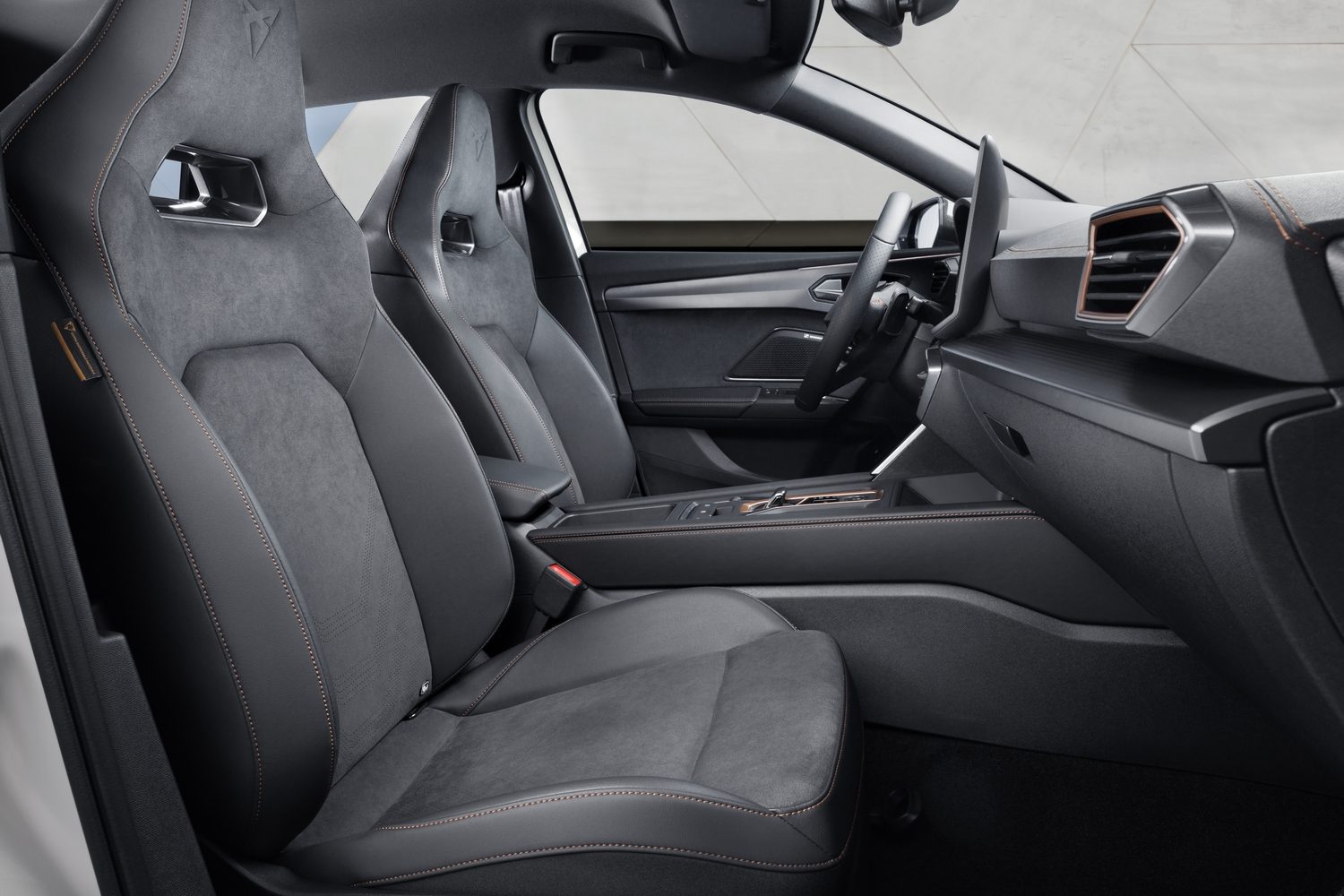
It’s overall a likeable and appealing cabin, helped by adequate room in the back for adults and a decent-sized boot. Albeit, that probably applies more to the petrol TSI models, with their 380-litre cargo bays as, like in so many plug-in hybrids, the placement of the Cupra Leon’s battery pack under the boot floor means it has less space for luggage - 270 litres with the rear seats in place.
The Cupra Leon’s on-board technology
The biggest change inside is the addition of a new 12.9-inch floating touchscreen. It operates reasonably smoothly and slickly, representing a significant improvement from the old infotainment, but we do think there’s still an over-reliance on its importance. Sometimes, old-fashioned switchgear is better.
Still, illuminated sliders for the few physical controls of the volume and air temperature for the split-zone climate are a most welcome update for the new Cupra Leon, while the digital instrument cluster has also had its graphics jazzed-up for the facelift, with further in-car tech highlights including a 12-speaker, 425-watt Sennheiser Mobility premium sound system.
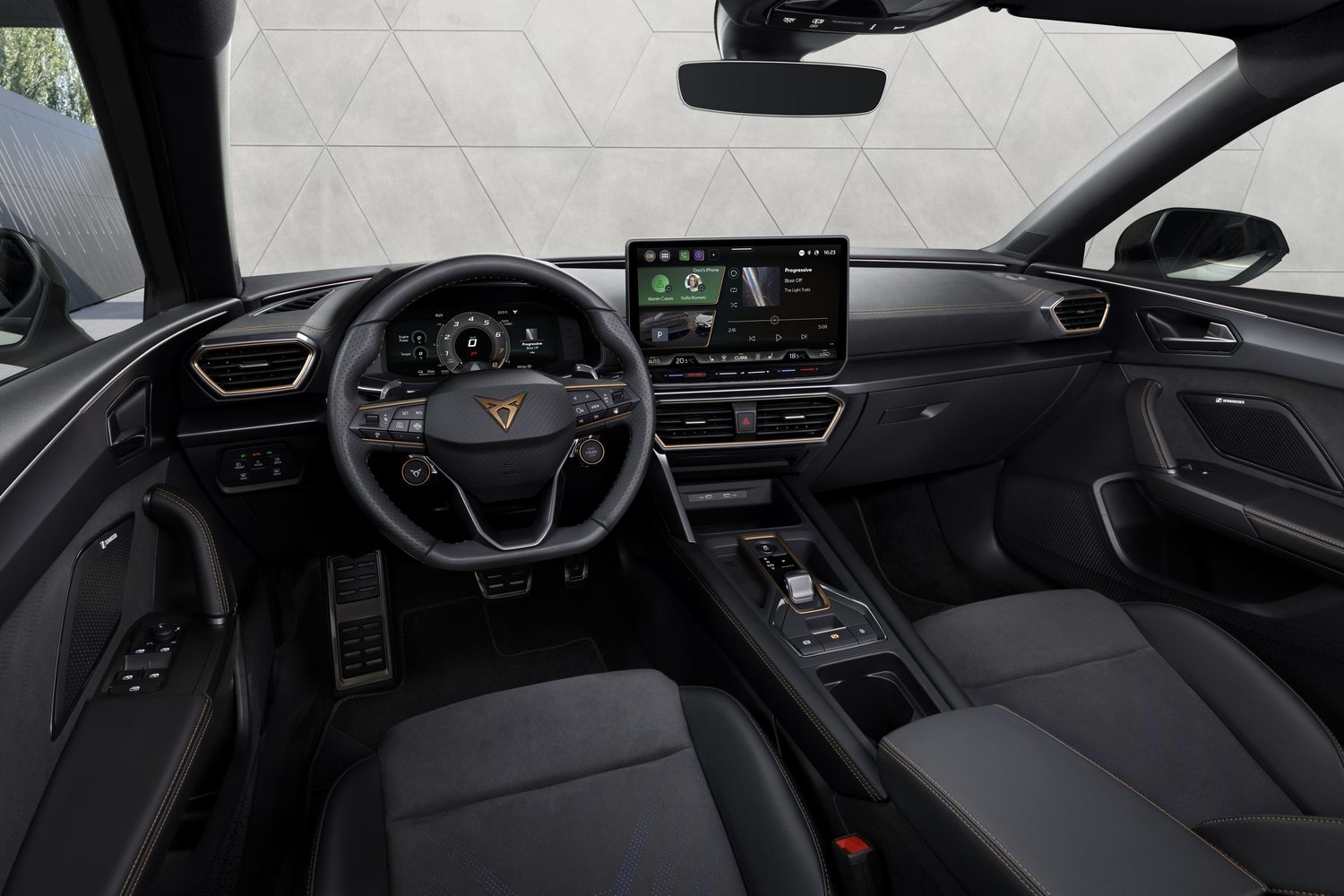
One of the main boons of the updated Leon eHybrid, though, is its new-found ability to rapid charge on a DC public charger. With a maximum speed of 50kW, the battery pack on the Cupra can go from 10-80 per cent in just 26 minutes on the right connection. Even an 11kW AC charger will do the 0-100 per cent job in 2.5 hours, although the more typical 7.4kW AC home charger will take longer of course, but still, that added DC capability gives the Leon an edge that not all PHEVs can lay claim to.
Driving the Cupra Leon eHybrid 272
As before, there will be 150hp 1.5-litre and 300hp 2.0-litre petrol engine options for the Cupra Leon hatch range, with the former of these available with mild-hybrid fuel-saving technology if specified with an automatic gearbox - that changes its badge signifier from ‘TSI’ to ‘eTSI’. But these are pretty much the same petrol drivetrain choices from before the facelift, although Sportstourer (estate) buyers will now be privy to the 333hp 4Drive powertrain as seen in the revised Cupra Formentor SUV.
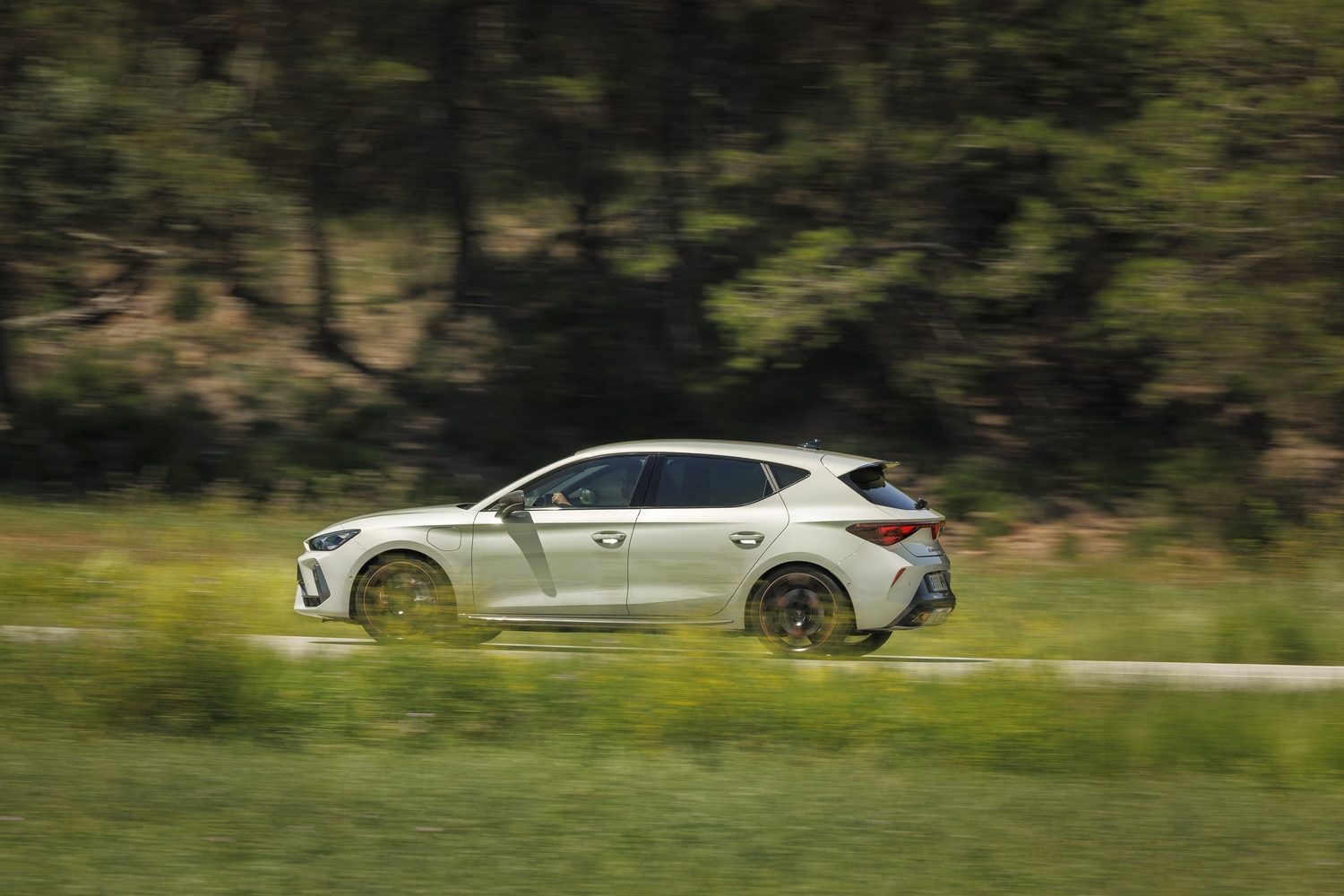
Which means the headline news in the Cupra Leon range revolves around the plug-in hybrids (PHEVs), badged ‘eHybrid’. These drop the old 1.4-litre petrol engine and modest 12.8kWh battery, replacing them instead with the newer 1.5-litre four-cylinder TSI plus a far larger power pack with 19.7kWh of usable energy. This means a significant hike in range, the Leon eHybrids now purportedly capable of up to 119km without having to resort to their internal-combustion engines - whereas they were limited to about 60-63km before.
Whether you’d ever see that sort of zero-emission driving capability or not in the real world is neither here nor there in some respects for the updated Leon eHybrid, because it will definitely go much further on electric power alone than its predecessor would in practice, not just theory. It also allows Cupra to quote some astounding official economy and CO2 figures, of 0.4 litres/100km (706.3mpg) and 9-10g/km CO2. As to that fuel consumption, you might want to pay more attention to the ‘charge sustaining mode WLTP range’ of the Cupra, which is a reasonable 5.4-5.5 litres/100km (52.3-51.4mpg). This is far more indicative of what owners will get from their Leon PHEVs in real-world operation if they’re not doing all their driving on electric power.
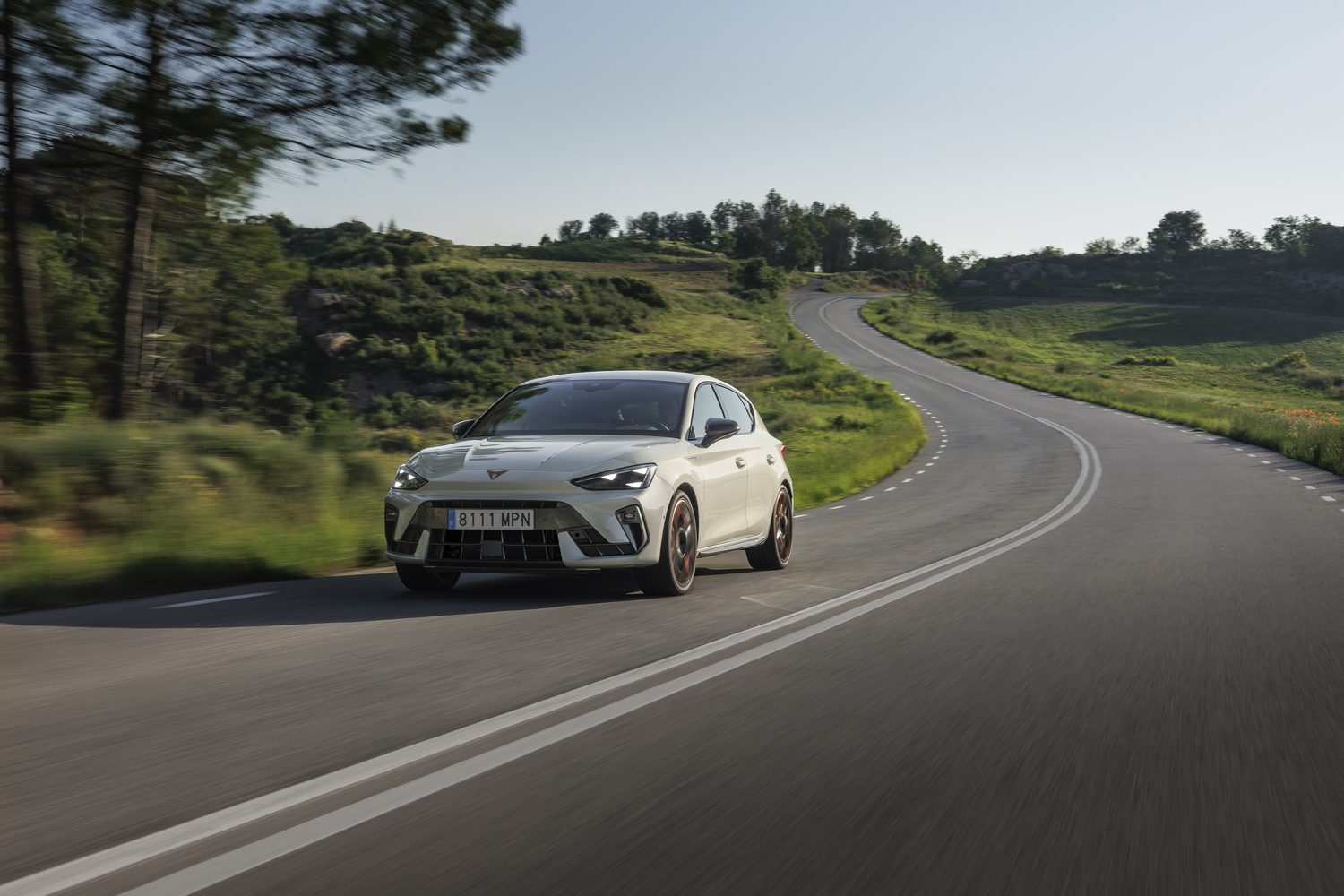
However, it is not just the range of the Leon eHybrid but the performance which has had a boost too. Whereas previously there were 204- and 245hp derivations of the 1.4-litre PHEV drivetrains, and there is still a 204hp 1.5-litre-based eHybrid this time around, the other model has been hiked to 272hp. That results in a respectable hot-hatch-like 0-100km/h time of 7.1 seconds.
Naturally, adding in this electrical complexity and a bigger battery has bumped up the weight of this part-electric Leon, so it’s actually slower to accelerate to 100km/h from rest than the older 245hp car by four-tenths of a second, while a 1,708kg operating mass doesn’t promise the most scintillating experience in the corners. Except, that doesn’t quite turn out to be the case.
Sure, the 300hp version is a little more accurate and sharper in the bends than this 272hp eHybrid, but the gap between them isn’t that big and, in truth, it’s the PHEV which proves to be the superior all-rounder. This is a car with a really nice balance of ride comfort and handling prowess, the lighter wheels suspended at its corners dealing easily and confidently with lumps and bumps in the road, while body lean and steering feel are both excellent when the corners come.
The 1.5-litre engine is a smooth operator, provided you don’t rev it much beyond 4,000rpm whereupon it gets a bit rowdy, but with that 330Nm electric motor always on tap to provide ample straight-line shove, you don’t need to thrash the Leon eHybrid to get the best from it. Driven on 50-70 per cent throttle openings, it feels as sporty and vibrant as any reasonable owner could ever need of a car like this.
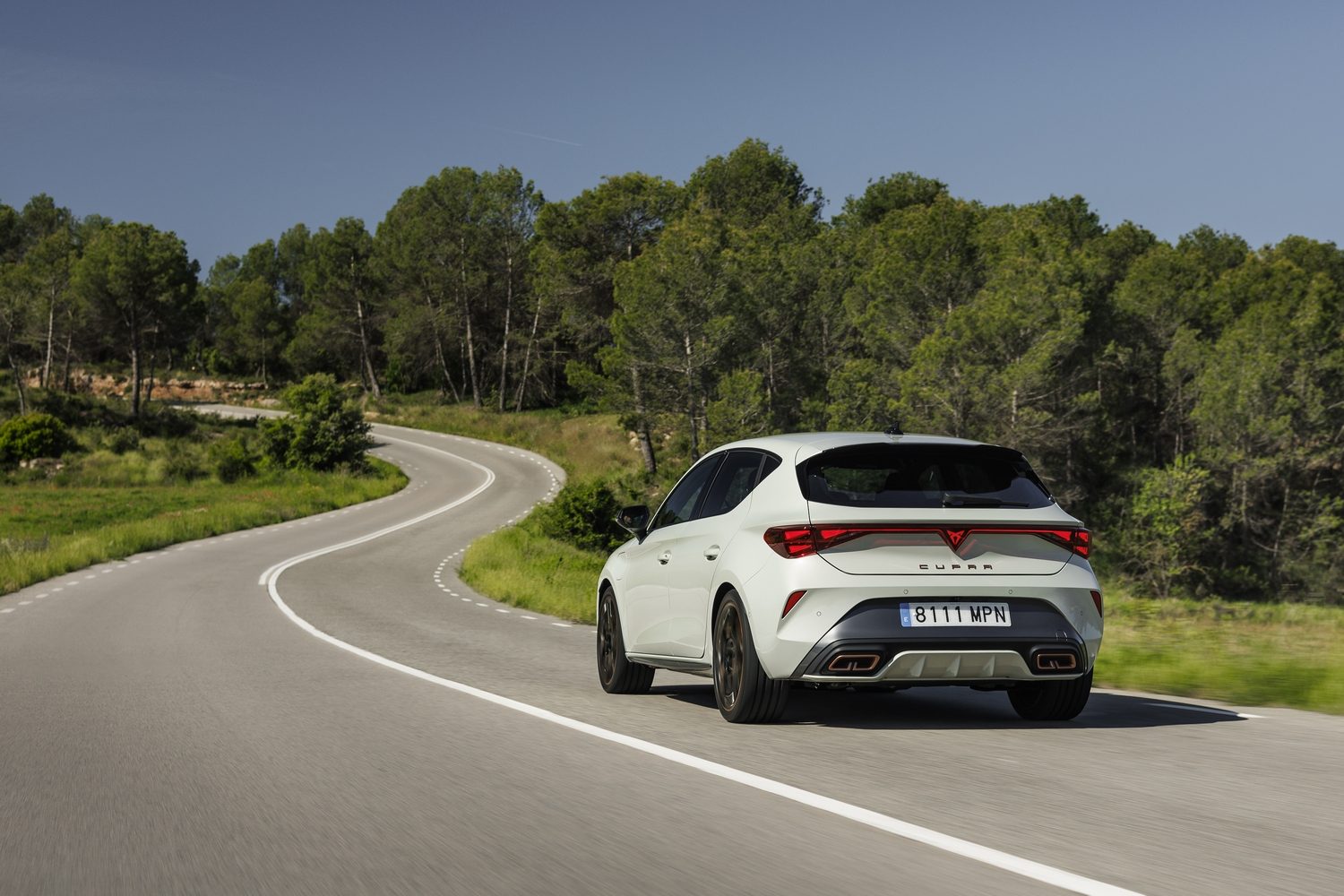
Better still, on a fairly mixed test route we got a deeply satisfying 3.8 litres/100km (74.3mpg) from it, which is a diesel-like economy return. There was also still much more than half the battery’s charge remaining on the gauge indicator, with 60km of range claimed by the onboard trip computer - a big plus point for the eHybrid system.
How economical is the Cupra Leon eHybrid 272? As we’ve already outlined, the official fuel consumption figures range from the utterly outlandish to the ostensibly more attainable, and with only infrequent charging you should see something like the 3.8 litres/100km we experienced on a sub-100km route, more often than not. And of course, the low CO2 output means the eHybrid is in the second-lowest motor tax band of €140 per annum. Or, put another way, it should be the cheapest Cupra Leon to run by some distance.
The reasons you’d buy a Cupra Leon
A considered round of updates has improved several key areas of the always-likeable Cupra Leon, not least the all-electric driving range of the eHybrid. It remains a practical, good-to-drive, family-class hatchback with a strong array of engine options and a thoroughly decent chassis. Irish pricing will be key to its success, but if you like the new shark-nose face, the revised Cupra Leon eHybrid has much to recommend it.
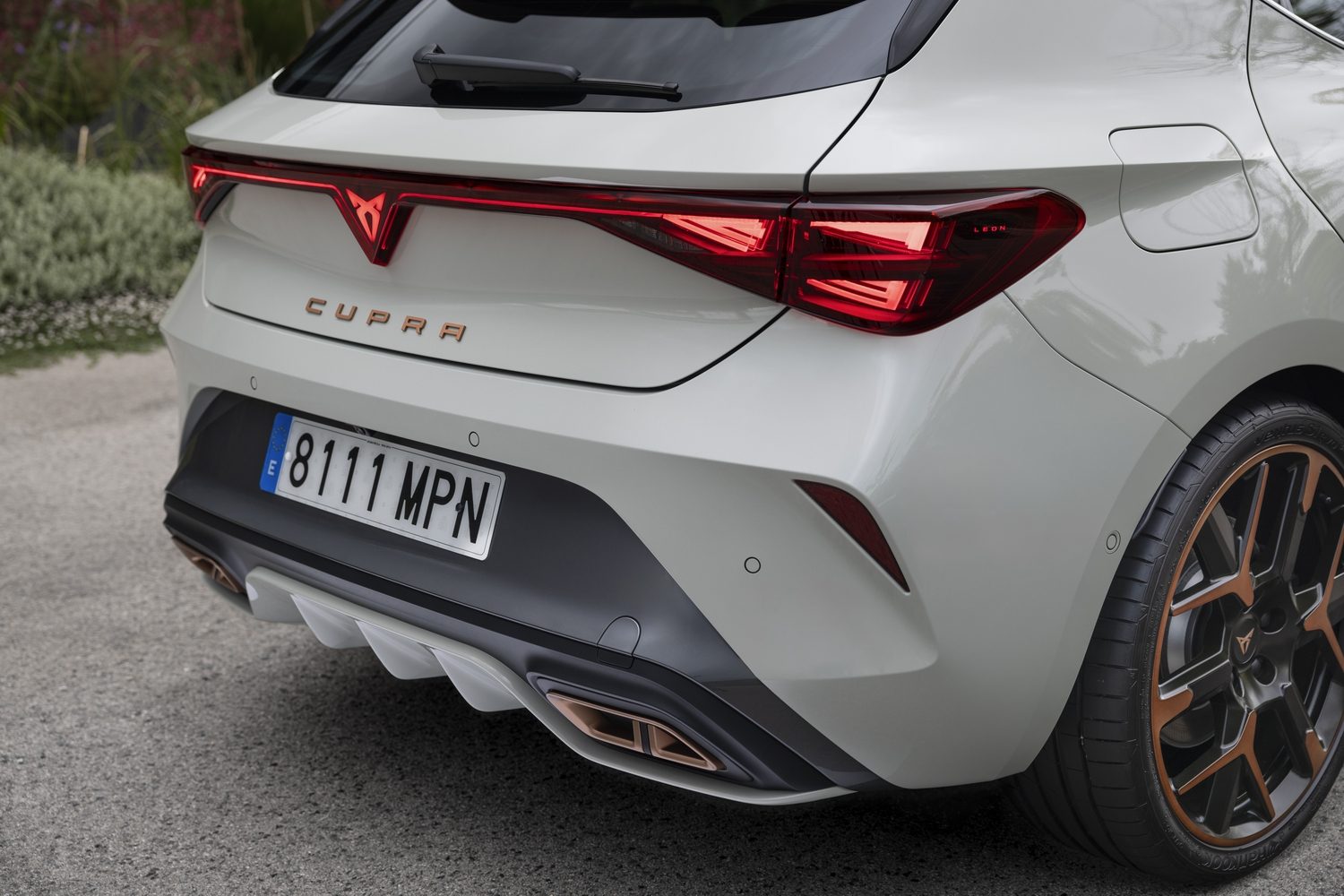
Ask us anything about the Cupra Leon
If there’s anything about the Cupra Leon eHybrid 272 we’ve not covered, or you’d like advice in choosing between it and other cars, you can avail of our (completely free) expert advice service via the Ask Us Anything page.

